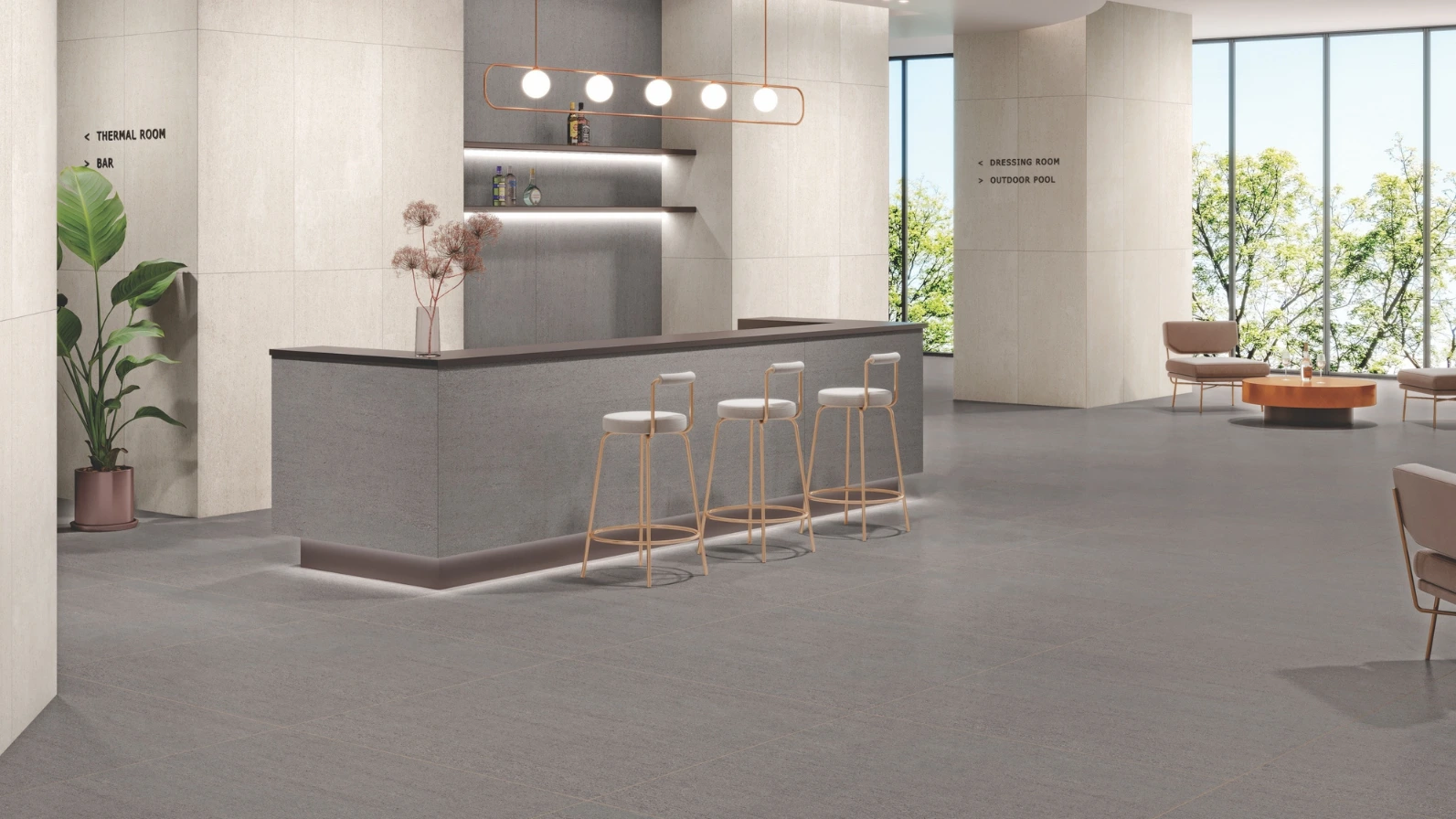
In the global tile trade, quality is non-negotiable. As an importer, distributor, or project buyer, your reputation depends on the materials you offer. While price and design are important, the long-term success of your business hinges on sourcing consistently high-quality porcelain tiles—tiles that perform well, install smoothly, and exceed your clients’ expectations. At Valverra, we believe quality should be visible. That’s why we’ve created this quick but practical visual checklist to help you evaluate porcelain tiles before committing to bulk orders or container loads. 1. Surface Finish & Print Quality What to look for: Crisp, high-resolution digital prints Uniformity of pattern across tiles No visible pixelation, blurriness, or ink smudges Clear surface finish (matte, glossy, satin) without clouding Why it matters: Tiles are visual surfaces. Low-grade printing and inconsistent finishes reduce the premium appeal and often show flaws after installation, especially under lighting. 2. Tile Edges & Rectification What to look for: Straight, mechanically cut (rectified) edges No chips, warping, or undulations along the sides Consistent bevel (if any) Why it matters: Perfect edges mean minimal grout lines and a seamless finish. For large-format tiles like 600x1200 mm or 200x1200 mm planks, precision is critical to avoid lippage (uneven tile surfaces). 3. Tile Flatness & Warpage What to look for: Lay tiles flat on a surface and check for rocking Use a straightedge to spot bowing or cupping Check diagonally (especially on long planks) for bending Why it matters: Warped tiles can’t be installed evenly, especially in large areas. Flat tiles ensure clean joints and fewer problems for contractors and clients. 4. Water Absorption & Density What to look for: Ask for lab reports (ISO 10545-3) or do a quick water-drop test Low absorption (<0.5%) = true porcelain Dense sound when tapped = strong body Why it matters: Low absorption ensures frost resistance and high stain resistance—essential for international standards and outdoor use in colder climates. 5. Consistency Across Pieces What to look for: Pull 4–5 tiles from a batch Compare size, thickness, tone, and print Check back-stamping, batch codes, or tone markings Why it matters: Uneven batches lead to installation headaches. Professional buyers must ensure batch consistency—especially for large projects where tone variation can cause visible defects. 6. Back Profile & Branding What to look for: Clean, well-formed back ridges (for better grip in installation) Manufacturer branding or batch details etched or stamped No excessive dust or signs of poor handling Why it matters: The tile’s reverse side can reveal a lot about manufacturing quality. A strong back ensures better adhesion, while visible branding increases traceability and quality assurance. Bonus Tip: Request Real Project Photos Before placing an order, ask your supplier for real installation images or samples installed in real spaces. At Valverra, we support our partners with project-ready visuals so they can evaluate aesthetics and performance in context. Final Thoughts: Make Informed Buying Decisions In tile exports, you don’t just buy a product—you buy trust, reliability, and consistency. The best way to protect your business and reputation is to work with manufacturers who prioritise quality in every batch. At Valverra, our tiles go through multi-stage quality checks, and we welcome inspections from international buyers. Whether you’re sourcing for retail, wholesale, or large construction projects, we help you deliver quality you can stand behind. Want a physical sample box or product testing report? Contact Valverra to schedule a call or request documentation for your next order.